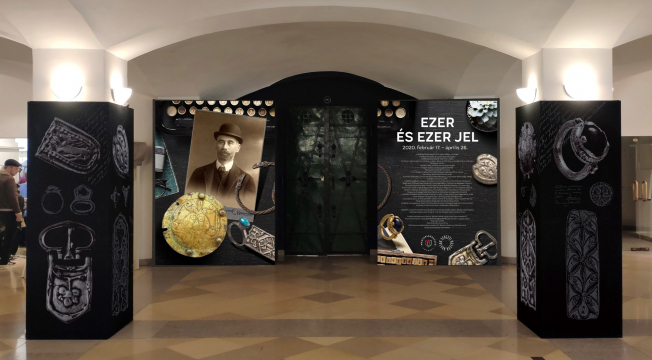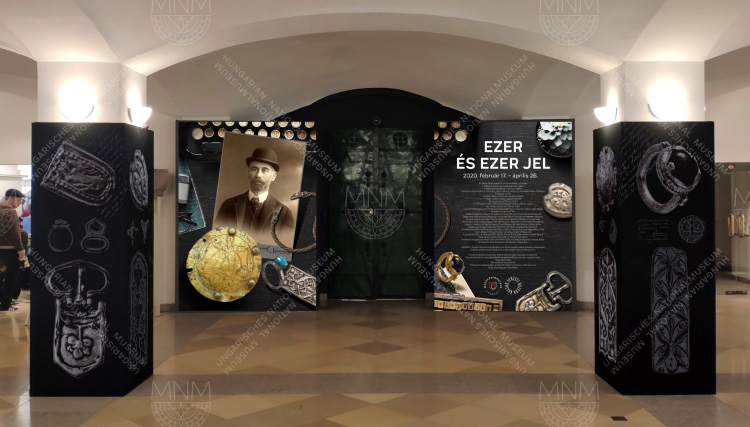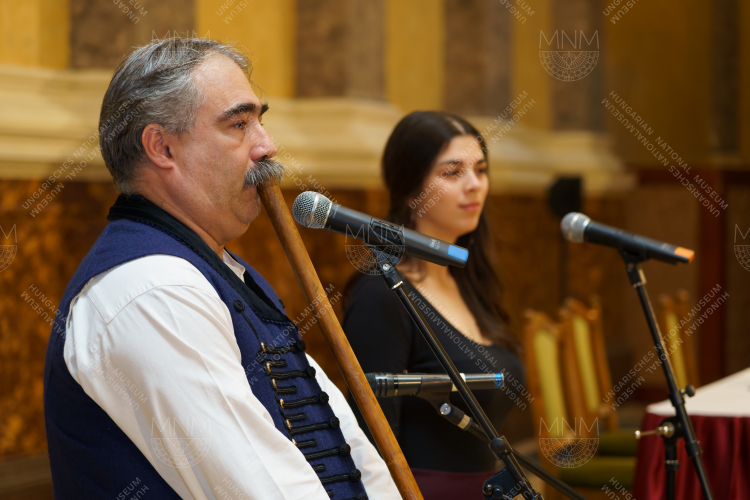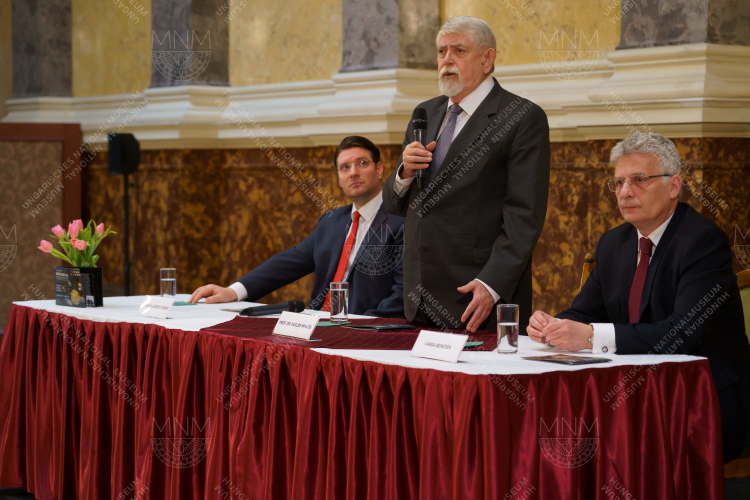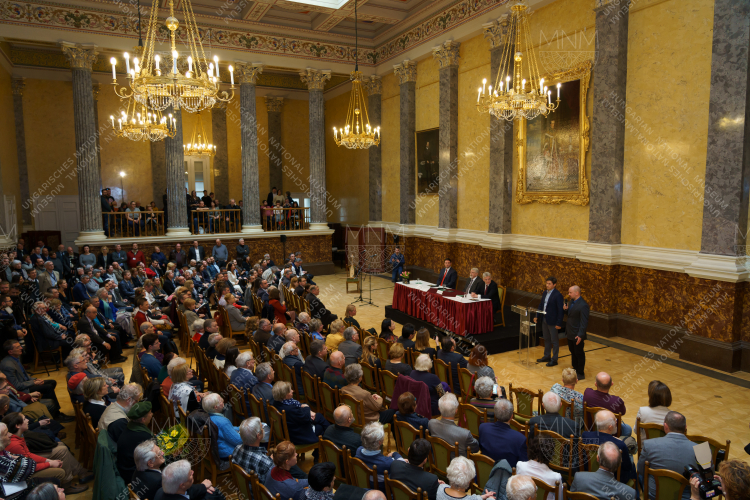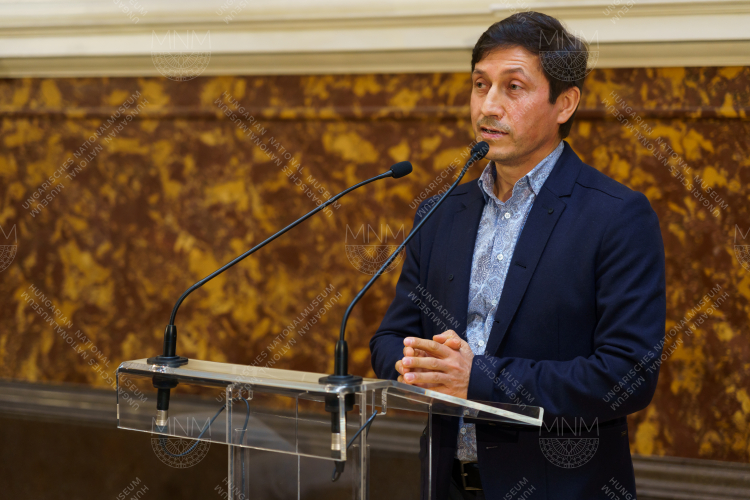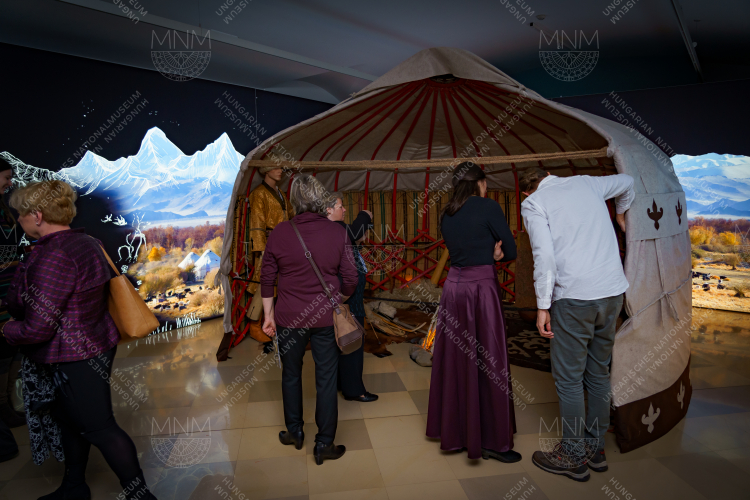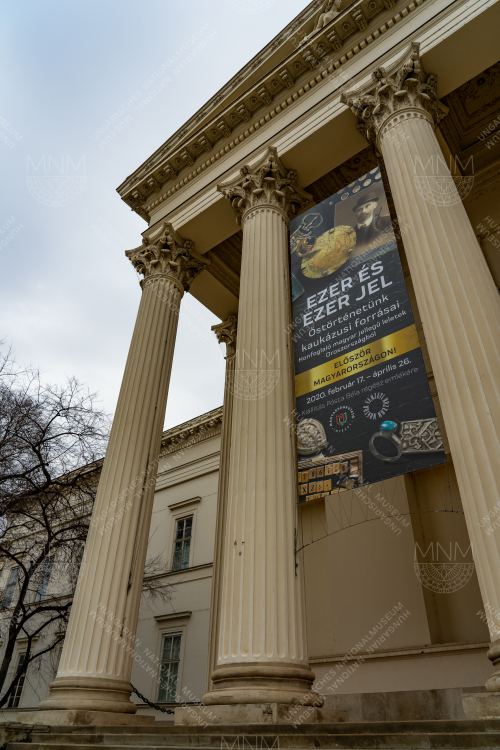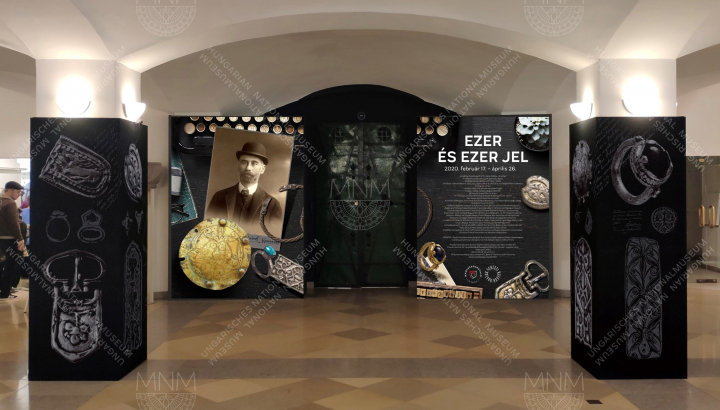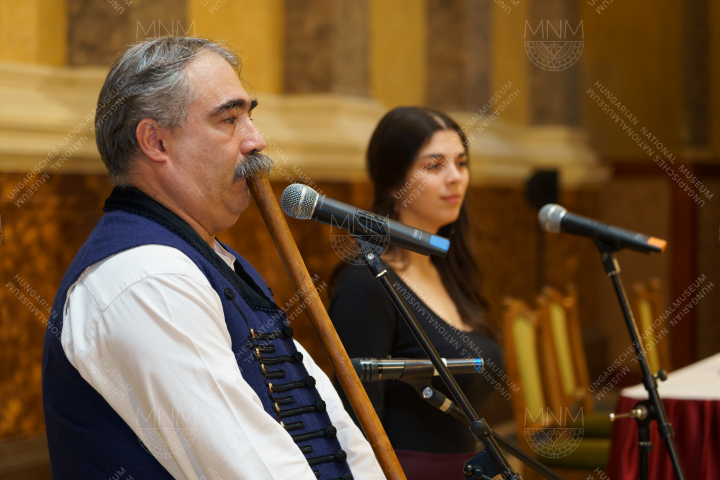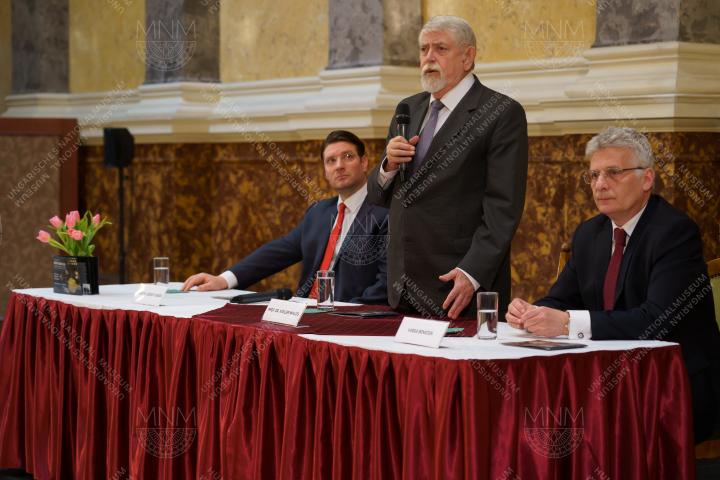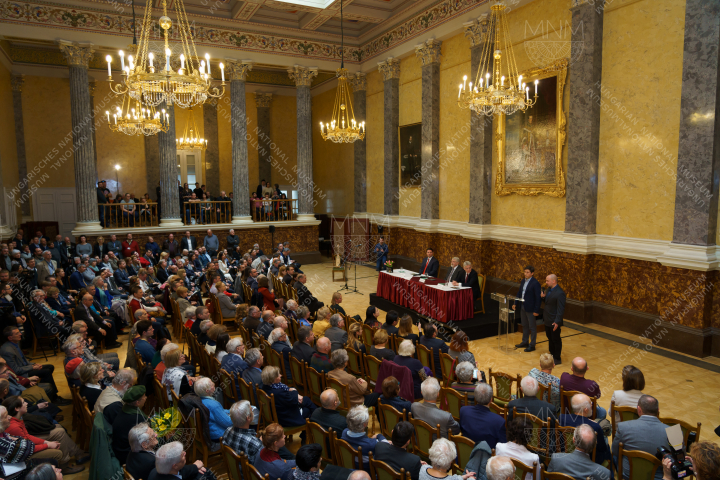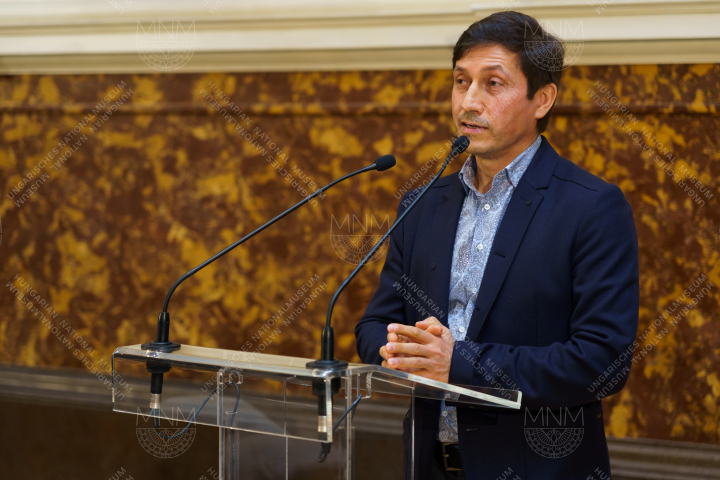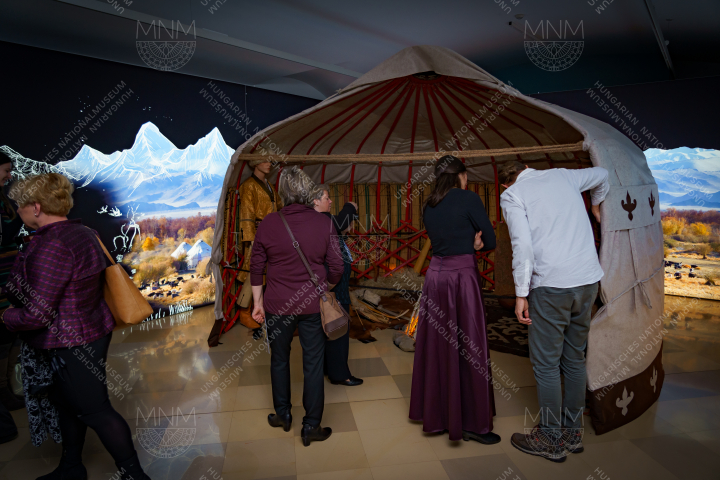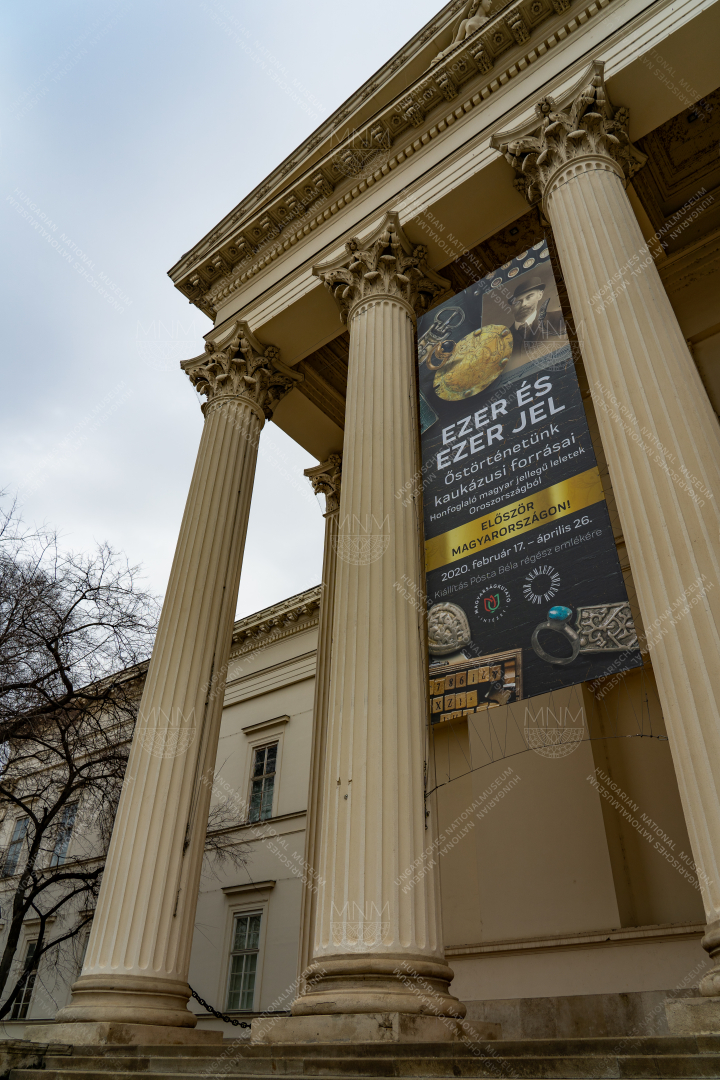
Caucasian Sources of Hungarian Prehistory
Exhibition of Hungarian-type findings from the Hungarian conquest period from Russia
In memoriam of archaeologist Béla Pósta
Who are the Hungarian people, where did they come from and where did their ancestors live? Academics and people interested in the ancient history of Magyars have been looking for the answers to these questions for centuries. Our exhibition primarily relies on archaeology to provide the answers to the above questions. With authentic findings and documents from archaeological sites in South Russia and mainly the North Caucasus, which are of key importance from the viewpoint of ancient Hungarian history, the exhibition draws attention to the region that is undeservedly neglected nowadays although mediaeval chronicles and earlier researchers devoted major attention to the area due to the “thousands and thousands of signs,” as Béla Pósta, the former custodian of the Hungarian National Museum once noted.
Artefacts from the 9th–10th centuries A.D. found in the above-mentioned geographical area, and strongly resembling Hungarian archaeological findings from the conquest period in the Carpathian Basin are exhibited for the first time in Hungary. The findings themselves, together with the installations illustrating the customs and everyday life of the period, as well as reconstructed drawings and maps depict an area remote in time and distance but close in a spiritual and cultural sense.
The exhibition commemorates the Hungarian prehistoric research of Béla Pósta, the founder of the archaeological school in Kolozsvár (today Cluj-Napoca, Romania) who was one of the first Orientalist archaeologists. The exposition presents the routes of the Hungarian archaeological expeditions in the Caucasus, provides a glimpse of the first joint Hungarian-Russian archaeological excavation in the autumn of 2019 and gives an account of the latest ethnographic and genetic results.
An animated short film portrays the origin myth of the Hungarians, The Legend of the Miraculous Hind, offering a time journey to the mythical homeland of Hungarians in prehistoric times, the area of the Caucasus and Maeotis (the Sea of Azov). The exhibition also features a yurt installation where the reproductions of contemporary attires and household objects, as well as the authentic folk tunes recorded in the North Caucasus are intended to evoke the everyday life of Hungarians in the 9th–10th centuries A.D.
Béla Pósta (1862–1919)
Béla Pósta was born in Kecskemét, Hungary in 1862. He studied law and humanities. At the age of 21, he started to work for the Department of Coins and Antiquities of the Hungarian National Museum.
In 1896, he was assigned to process the archaeological findings collected during Count Jenő Zichy’s expedition in the North Caucasus and the Turan Plain. The following year, he participated in Count Zichy’s third Asian expedition. In 1899, he was appointed head of the newly organised Department of Archaeology of the Kolozsvár University, where - using his advanced views and interdisciplinary methods - he established an internationally renowned school. Pósta was the first to include Oriental archaeology in the curriculum and to promote professional contacts between East European, Asian and Middle Eastern academic circles.
World War I and the following Romanian invasion put an end to the dynamic activity of the school and the development of Hungarian archaeology in Transylvania. Béla Pósta died in April 1919, so he did not live to see the signing of the Trianon Treaty. His academic views and methods were bequeathed by his disciples who were on the firm belief that:
“The Chronicles of the Institute of Numismatics and Archaeology and the Numismatic and Archaeological Collection will register and immortalize the period when Béla Pósta headed the sister institutions as the ‘Béla Pósta era’” (archaeologist Márton Roska, 1941)









